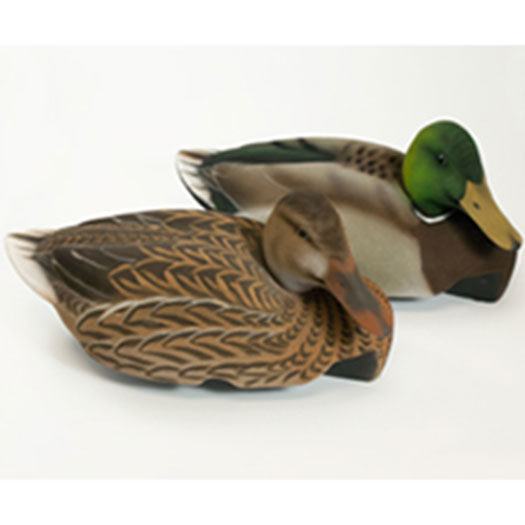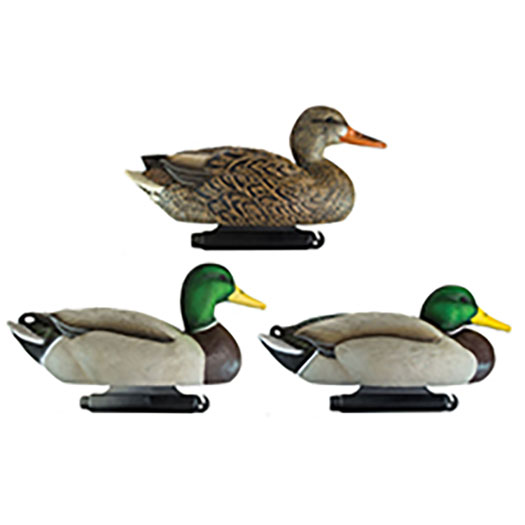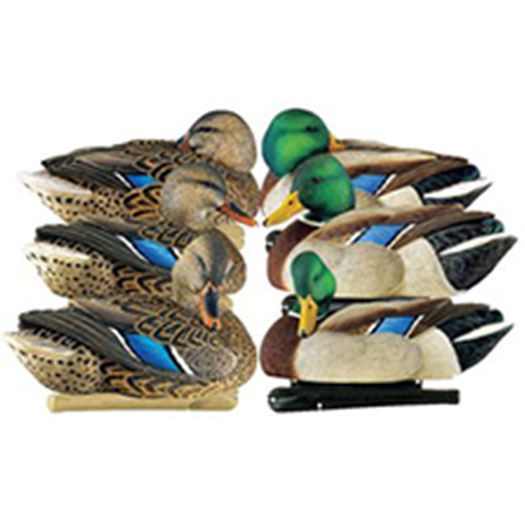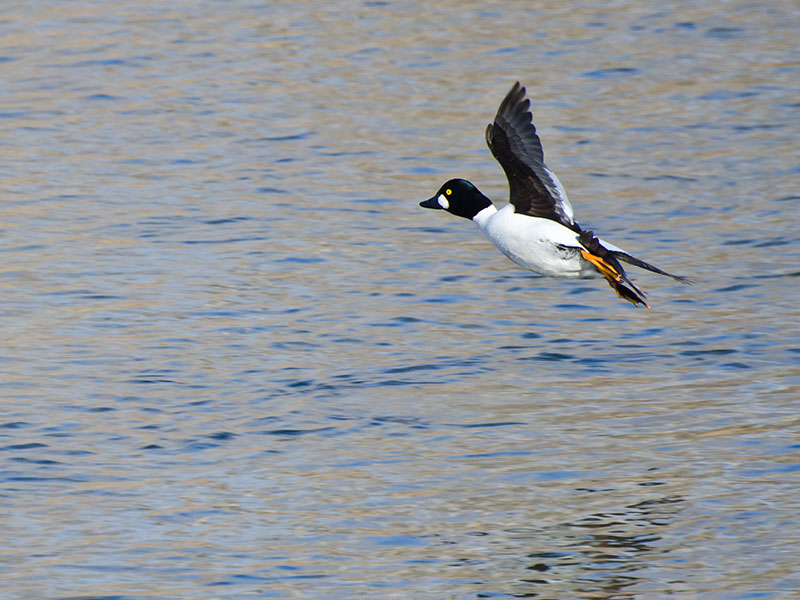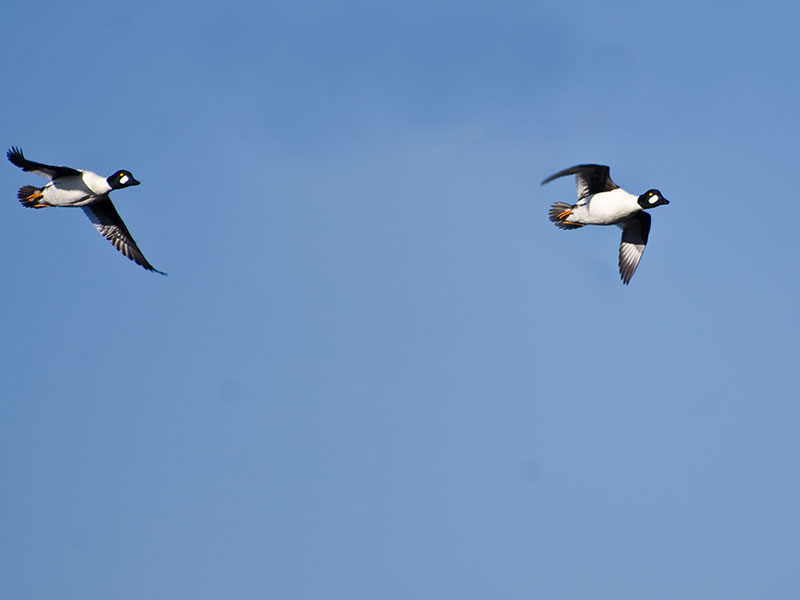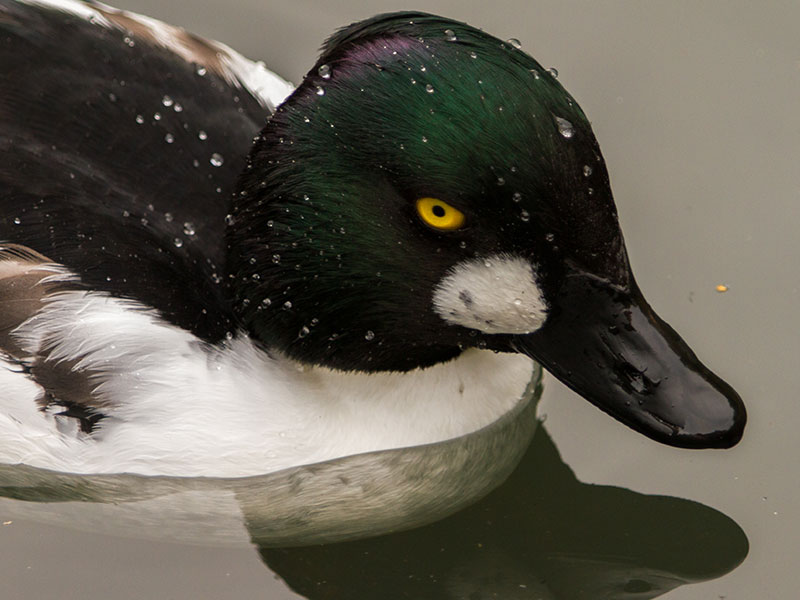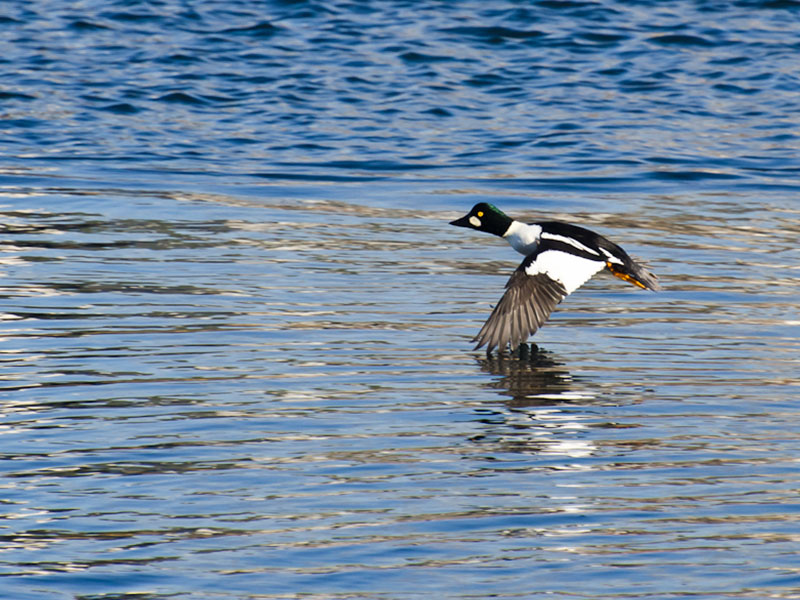Common Goldeneye Hunting
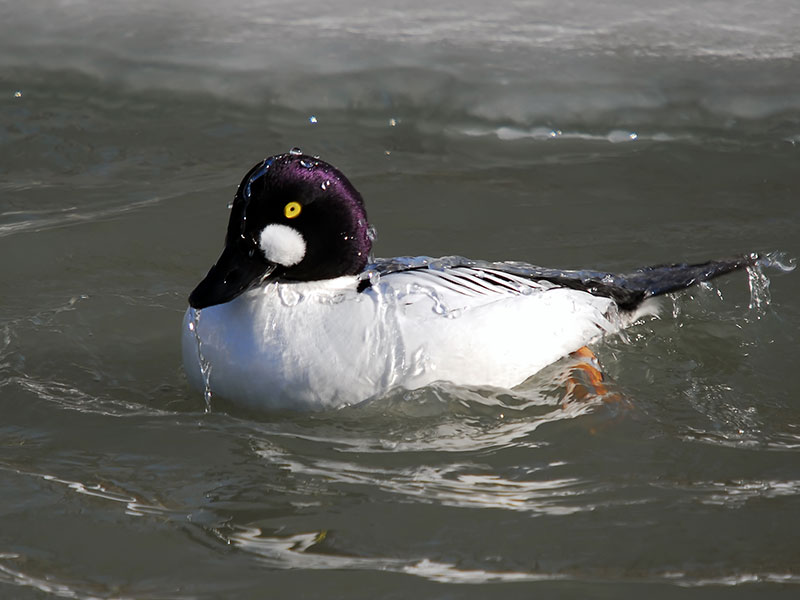
COMMON GOLDENEYE
Bucephala Clangula
Lifespan: Up to 12 Years (Adult)
Higher Classification: Goldeneye
Wingspan: 30.3-32.7 in (Adult)
Length: 15.7-20.1in (Adult)
Avg Weight: M 2.3 lbs, F 1.7 lbs
RELATED NAMES
- Whistler
LOOKING TO BOOK A WORLD CLASS COMMON GOLDENEYE HUNTING ADVENTURE?
DESTINATION #2:
NORTH DAKOTA DECOYING SWANS
Location: DEVILS LAKE, NORTH DAKOTA (WITH 2 SATELLITE CAMPS IN SOUTH CENTRAL ND)
Hunt Package: Click here for pricing
Featured Waterfowl Species: TUNDRA SWANS, DIVERS AND PUDDLERS
Possession Limits: 1 SWAN (BY PERMIT), 6 DUCKS, 8 CANADAS / POSS: 3 X’S DAILY
HUNTING TIPS & TACTICS
The Common Goldeneye, is a medium sized duck of the diving duck classification. It is one of the more common diver ducks found across North America, unlike its close relative the elusive Barrow’s Goldeneye. The main differentiating factor between the two birds is the white cheek patch found on the drakes of both species. The Common Goldeneye has a circular white cheek patch while the Barrow’s Goldeneye has a tear drop shaped white cheek patch.
The Barrow’s Goldeneye, named after Sir John Barrow, originated in Greenland but has now migrated and is most commonly found on the coast of Alaska. It can also be found along the western coastline and rivers of the continental US.
The Common Goldeneye on the other hand, is a much more common duck. It can be found on many large, deep bodies of water as well as along many rivers and streams and on both coasts. It is also one of the last of the diver ducks to migrate south each fall and can normally be found late season on the rivers and larger bodies of water that stay open till the very end of the hunting season.
The hunting location for this bird is more important than having an actual spread of Goldeneye decoys. Although, with the specialization of the decoy industry, adding 2 – 6 drake Goldeneye decoys to your existing diver decoy spread may prove to be beneficial.
Unlike hunting large lakes, when hunting rivers, a massive spread of decoys is not essential. A hunter can take advantage of having a smaller spread of decoys and choose a more contained hunting location. The river set up will most likely prove to be the better scenario when hunting these birds.
Also known as the “Whistling duck” due to the fact that the wings of the Goldeneye produce a loud whistling sound when flying, many hunters will hear the birds overhead before the will see them. This can also be an identifying factor when a flock of these birds are directly overhead. On the coast where they can be intermixed with sea ducks, the Goldeneye is considered to be one of the better eating diver ducks, however compared to many of the puddle ducks and more common diver ducks found inland, it is not considered to be as high on the table fare list.
UWC OFFICIAL NORTH AMERICAN WATERFOWL SPECIES POSTER
$17.99
The UWC has put together a beautiful 19″ x 27″ Official North American Waterfowl Species laminated poster that showcases all 41 of the different waterfowl species that inhabit the lands and waters of North America!
Each waterfowl species listed in The UWC Waterfowl Species Poster comes with the common and scientific name for proper waterfowl identification.
RECOMMENDED DECOYS
UWC OFFICIAL SPECIES LIST

COMMON GOLDENEYE
Bucephala Clangula
Lifespan: Up to 12 Years (Adult)
Higher Classification: Goldeneye
Wingspan: 30.3-32.7 in (Adult)
Length: 15.7-20.1in (Adult)
Avg Weight: M 2.3 lbs, F 1.7 lbs
RELATED NAMES
- Whistler
LOOKING TO BOOK A WORLD CLASS COMMON GOLDENEYE HUNTING ADVENTURE?
DESTINATION #2:
NORTH DAKOTA DECOYING SWANS
Location: DEVILS LAKE, NORTH DAKOTA (WITH 2 SATELLITE CAMPS IN SOUTH CENTRAL ND)
Hunt Package: Click here for pricing
Featured Waterfowl Species: TUNDRA SWANS, DIVERS AND PUDDLERS
Possession Limits: 1 SWAN (BY PERMIT), 6 DUCKS, 8 CANADAS / POSS: 3 X’S DAILY
HUNTING TIPS & TACTICS
The Common Goldeneye, is a medium sized duck of the diving duck classification. It is one of the more common diver ducks found across North America, unlike its close relative the elusive Barrow’s Goldeneye. The main differentiating factor between the two birds is the white cheek patch found on the drakes of both species. The Common Goldeneye has a circular white cheek patch while the Barrow’s Goldeneye has a tear drop shaped white cheek patch.
The Barrow’s Goldeneye, named after Sir John Barrow, originated in Greenland but has now migrated and is most commonly found on the coast of Alaska. It can also be found along the western coastline and rivers of the continental US.
The Common Goldeneye on the other hand, is a much more common duck. It can be found on many large, deep bodies of water as well as along many rivers and streams and on both coasts. It is also one of the last of the diver ducks to migrate south each fall and can normally be found late season on the rivers and larger bodies of water that stay open till the very end of the hunting season.
The hunting location for this bird is more important than having an actual spread of Goldeneye decoys. Although, with the specialization of the decoy industry, adding 2 – 6 drake Goldeneye decoys to your existing diver decoy spread may prove to be beneficial.
Unlike hunting large lakes, when hunting rivers, a massive spread of decoys is not essential. A hunter can take advantage of having a smaller spread of decoys and choose a more contained hunting location. The river set up will most likely prove to be the better scenario when hunting these birds.
Also known as the “Whistling duck” due to the fact that the wings of the Goldeneye produce a loud whistling sound when flying, many hunters will hear the birds overhead before the will see them. This can also be an identifying factor when a flock of these birds are directly overhead. On the coast where they can be intermixed with sea ducks, the Goldeneye is considered to be one of the better eating diver ducks, however compared to many of the puddle ducks and more common diver ducks found inland, it is not considered to be as high on the table fare list.
UWC OFFICIAL NORTH AMERICAN WATERFOWL SPECIES POSTER
$17.99
The UWC has put together a beautiful 19″ x 27″ Official North American Waterfowl Species laminated poster that showcases all 41 of the different waterfowl species that inhabit the lands and waters of North America!
Each waterfowl species listed in The UWC Waterfowl Species Poster comes with the common and scientific name for proper waterfowl identification.


